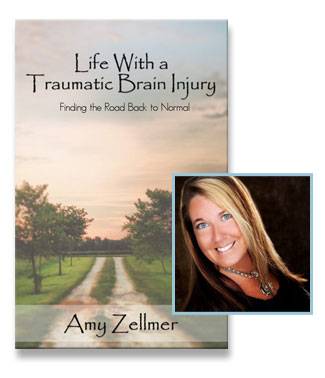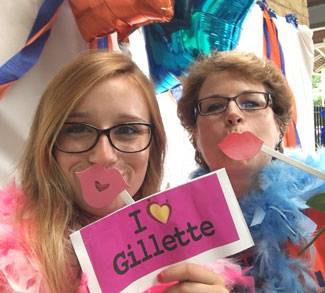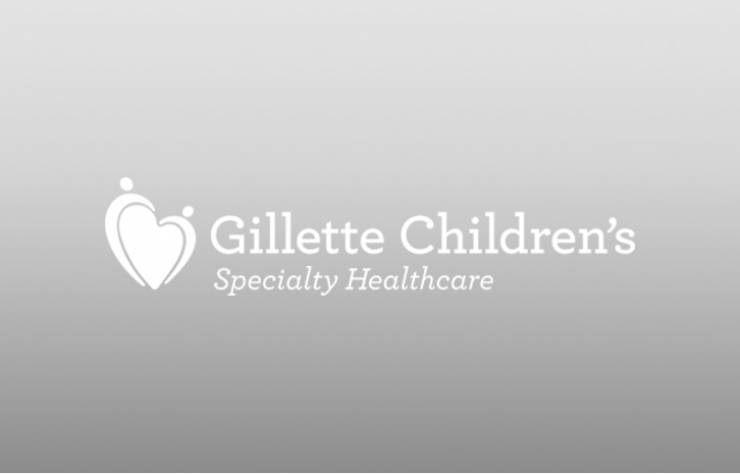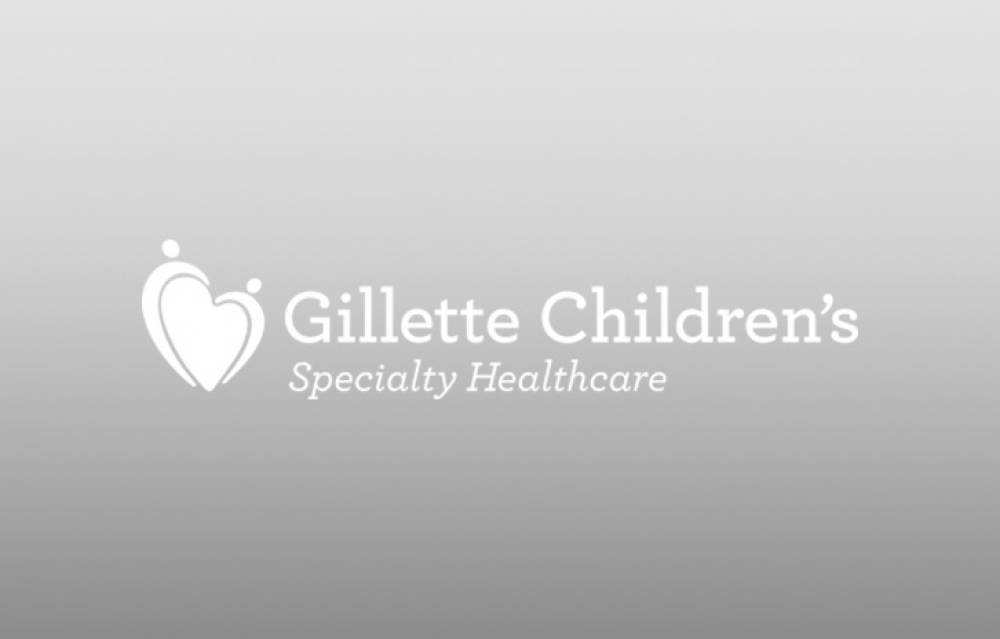-
{care_team_members status="Open|hide from care team page"}
-

{care_team_members:ct_first_name} {care_team_members:ct_last_name}
{care_team_members:ct_full_title}
{/care_team_members}
person:channel_short_name: {person:channel_short_name}
person:
title: {person:title}
-
{links}
{/links}
No category selected to display locations. Locations Dynamic
-
{locations}
- {locations:title} {/locations}
-
{widget}
{widget:widget_content}
- {widget:widget_content:tab_title} {/widget:widget_content} {/widget}
On a cold January morning in 2010, Megan Hannon was scurrying to enter her middle school when she slipped on the icy sidewalk. Thunk! The back of her head hit the concrete. As she tried to stand, she fell forward, smashing her forehead into the walkway. Dazed, unsteady and with a headache, the eighth-grader knew something wasn’t right but she collected herself and dutifully went to class.
 Later that afternoon, Hannon’s headache became unbearable. The school nurse immediately called Hannon’s mother, who, at the advice of a friend, took her to Gillette Children’s.
Later that afternoon, Hannon’s headache became unbearable. The school nurse immediately called Hannon’s mother, who, at the advice of a friend, took her to Gillette Children’s.
Specialists at Gillette assessed Hannon for a concussion and had her complete ImPACT ® testing, a computerized test that evaluates brain function. “It was one of the hardest things I’ve ever done,” Hannon says. “I couldn’t understand what was going on with the test and I knew my brain was affected.”
The tests revealed Hannon had a traumatic brain injury (TBI). Her treatment plan started with complete bed rest for three weeks. That meant no school, no reading, and no screen time while her brain healed.
Parents of children who sustain a TBI know the frustration of dealing with a disability that often seems invisible to the world. Their child might look fine on the outside, but on the inside emotions and sleep are erratic, vision might be impaired, concentration is difficult and their child is struggling with the new reality of having a brain that doesn’t work the way it used to.
Dealing with a TBI can often feel isolating
Tiffany Cobb, Gillette neuropsychologist, often counsels families and patients through what she calls “the grieving process” of dealing with life after a TBI. Cobb also conducts tests and assessments on children after the initial injury.
“We don’t test a child right away because young brains are dynamic and changing,” Cobb says. “After a TBI the brain is working to heal itself and create new pathways. We wait about six months to assess a child and then we can talk about the new reality of how their brain is working. It’s important to reassure a child that the situation is not their fault and that everyone has their own strengths and weaknesses.”
Dealing with a TBI can often feel isolating. A new book, Life With a Traumatic Brain Injury: Finding the Road Back to Normal, by St. Paul, Minnesota photographer Amy Zellmer, might be a welcome resource to help parents and teens feel less alone. It offers tips for coping with the changes brought on by a TBI.
 Zellmer, like Hannon, received her traumatic brain injury as a result of slipping on the ice. In February 2014 she was walking to her photography studio clutching her little Yorkshire terrier, Pixxie, and stepped on a patch of ice. She instantly felt her feet slipping, her skull smashing onto the concrete—then nothing. Zellmer blacked out. The accident brought physical and mental changes. She has headaches, vision and balance problems, difficulty concentrating, panic attacks, mood swings, depression and chronic fatigue.
Zellmer, like Hannon, received her traumatic brain injury as a result of slipping on the ice. In February 2014 she was walking to her photography studio clutching her little Yorkshire terrier, Pixxie, and stepped on a patch of ice. She instantly felt her feet slipping, her skull smashing onto the concrete—then nothing. Zellmer blacked out. The accident brought physical and mental changes. She has headaches, vision and balance problems, difficulty concentrating, panic attacks, mood swings, depression and chronic fatigue.
Millions live with disabilities resulting from TBI
Sadly, millions of people have similar experiences as Zellner and Hannon. According to the Centers for Disease Control and Prevention at least 5.3 million Americans, two percent of the U.S. population, currently live with disabilities resulting from a TBI.
According to a recent report by the health insurer Blue Cross Blue Shield, based on data from medical claims nationwide, the incidence of diagnosed concussions among people under the age of 20 climbed 71 percent between 2010 and 2015. The rates rose most steeply among girls, with the incidence soaring by 119 percent during that time, although almost twice as many concussions over all were diagnosed in boys.
Cobb says brain injuries follow an unpredictable path.“We need to tell patients that their journey to healing will be individualized. The adult brain has finished developing, but with children and teens their brain is still growing and making connections. When a teen is injured they might not run into some issues until they’re in college or in the workforce. When the young brain is injured some of the connections may be difficult to make and we need to help these patients build a toolbox to deal with their issues,” Cobb adds.
Both Cobb and Zellmer recommend parents and teens get involved with the Minnesota Brain Injury Alliance. It’s the only statewide nonprofit dedicated to enhancing the quality of life for Minnesotans affected by brain injury.
Transitions can be tricky
“Transitions into adulthood can be tricky for patients who have a brain injury,” Cobb says. “The Minnesota Brain Injury Alliance has support groups and resources to help with these issues.”
Hannon says the care she received at Gillette made all the difference in her recovery and she’s now a junior at the University of St. Thomas. Back in 2010, Hannon had weekly appointments with Gillette neurologists and speech therapists. The Gillette team advised Hannon and her family about how to make the transition back to school and ask for accommodations. She’s pleased her classmates are supportive of people who are dealing with brain injuries.
 Zellmer is passionate about connecting survivors and building awareness. “It can be difficult for people to understand the daily challenges of living with a TBI,” Zellmer says. “Many people are working hard to bring some visibility to this often invisible injury. This is key to building understanding and giving TBI patients hope.”
Zellmer is passionate about connecting survivors and building awareness. “It can be difficult for people to understand the daily challenges of living with a TBI,” Zellmer says. “Many people are working hard to bring some visibility to this often invisible injury. This is key to building understanding and giving TBI patients hope.”



